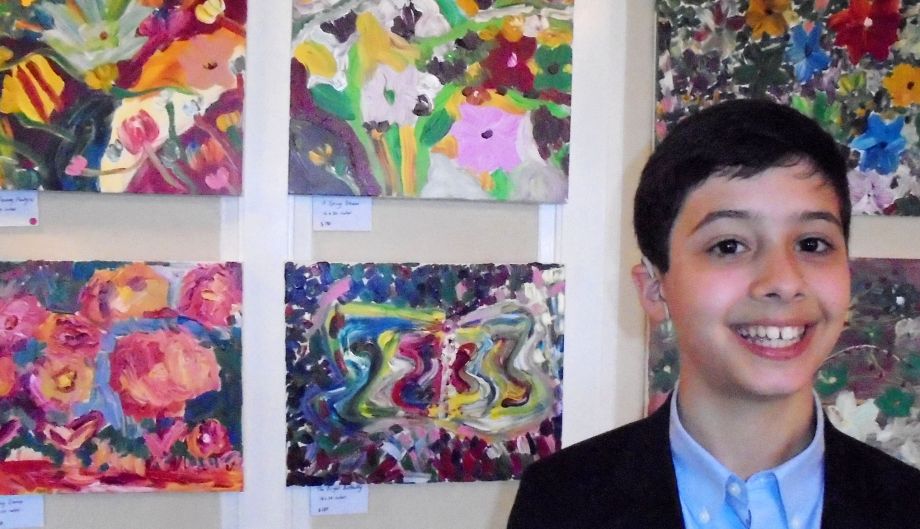By Kathi Mestayer
I’ve always paid a lot of attention to music. When I was a kid, we (mother plus four daughters) would sing on car trips. Occasionally, my father would stealthily sneak his hand behind his ears, switching off his hearing aids. I never told.
As my hearing got worse, though, things got… odd. One day, in the car, singing along with a tune I’d known forever, I noticed a little dissonance. I stopped singing, and listened more closely, finally realizing that I was not singing in tune. I eventually got back in the groove, but it took some effort. The same problem comes up when I strum on the guitar, counting on the chords to give me the starting note. It’s not as easy as it used to be, but if I stick with it, the sweet spot will reveal itself.
Kathi's Flute Pitch
It kept happening, once in awhile. When I finally thought to mention it to my audiologist, she said, “That’s pitch distortion. It’s pretty common in hard-of-hearing people.” Oh, great.
Making Things Up
If only that was the end of it. My imagination has had a field day, too. Once, while the vacuum cleaner was running, I heard it “playing” baroque music. At least it wasn’t hip-hop. And there was the time my husband and I were in a noisy restaurant, with a popular rock song blasting away. “Oh, I love this song!” he said. “Yeah, me, too,” I chimed in. Then we realized that we were each hearing a different song. Guess who was right.
Sforzando!
That’s the musical term for a sudden, forceful attack on a note or chord. Because hearing loss is often accompanied by recruitment (when an unexpected, sudden, noise triggers your startle response and cranks up the perceived volume), sforzando can definitely make it happen.
An example would be when a pianist ends a piece by suddenly hammering down on a chord. It can cause me to utter a startled “ack!” which is audible to both the musician and the audience. As happened a few weeks ago. After the concert ended, I went up to the pianist and confessed. “That was you?” he said.
“Yes,” I explained, “it’s called recruitment, and it’s a symptom of hearing loss. I hope it wasn’t too annoying.”
“Oh, no problem. I’ll take that over somebody in the audience falling asleep any day,” he graciously explained.
So, a happy(ish) ending. That time. It will happen again, undoubtedly. Hearing loss is an adventure, when you like it and when you don’t.
Watch for a related story on how hearing loss affects how music is heard in our Summer issue of Hearing Health magazine.
Subscribe now for your FREE print copy!
















